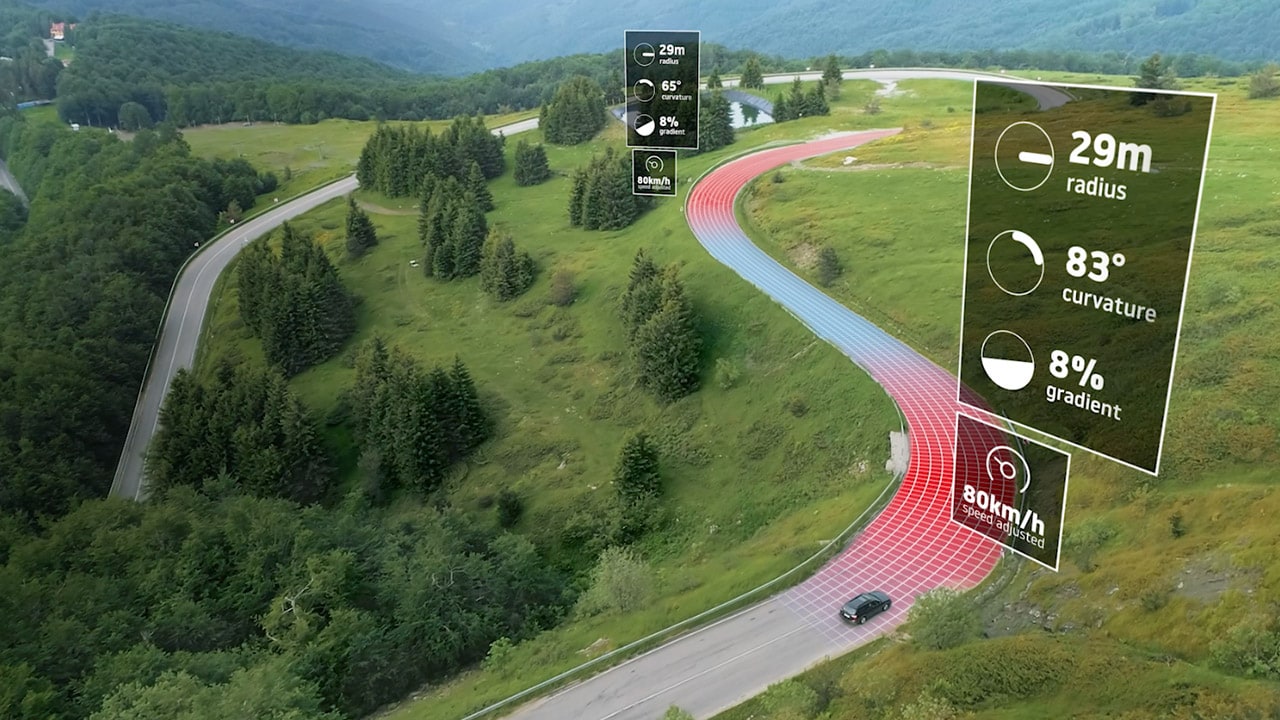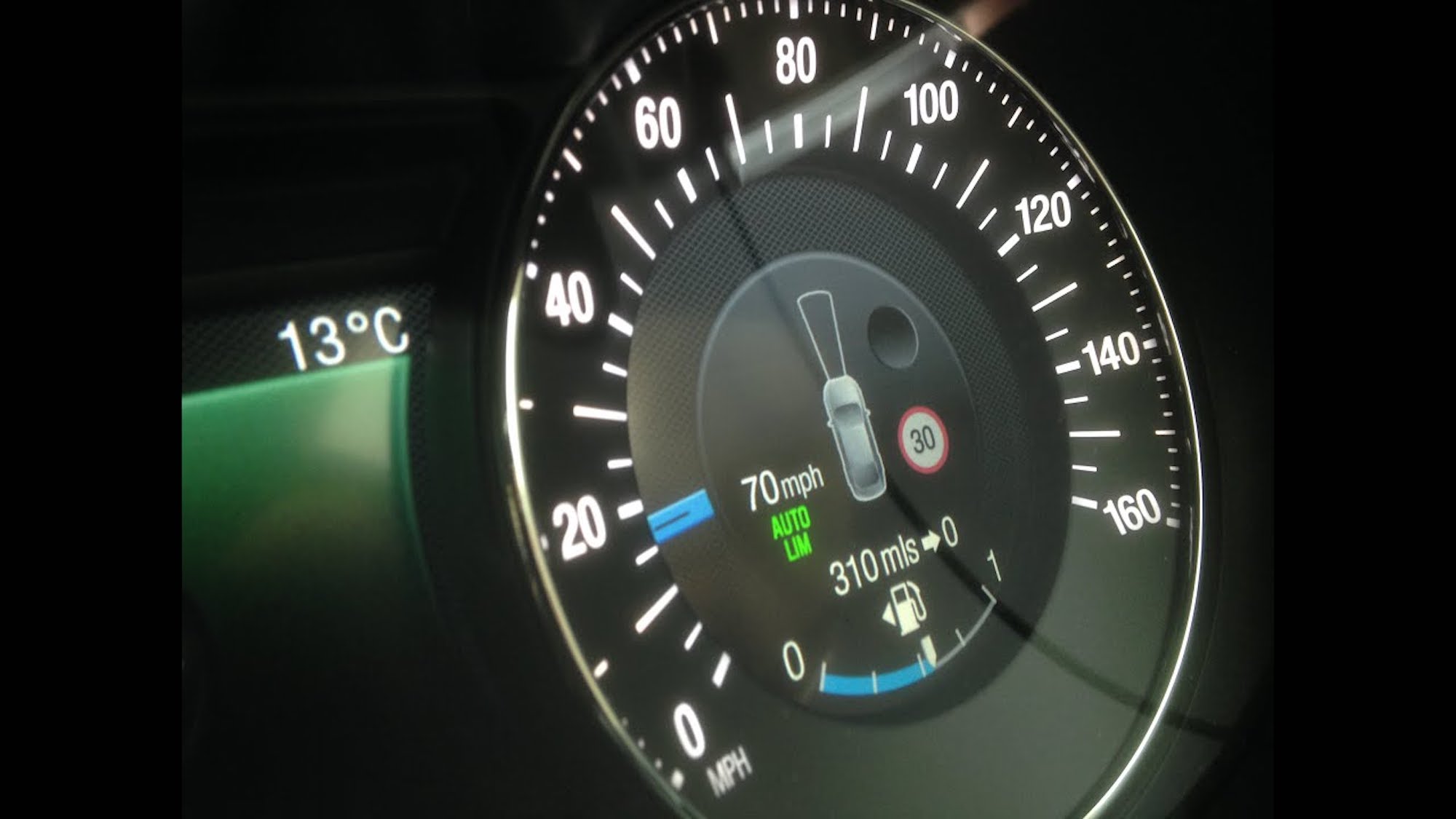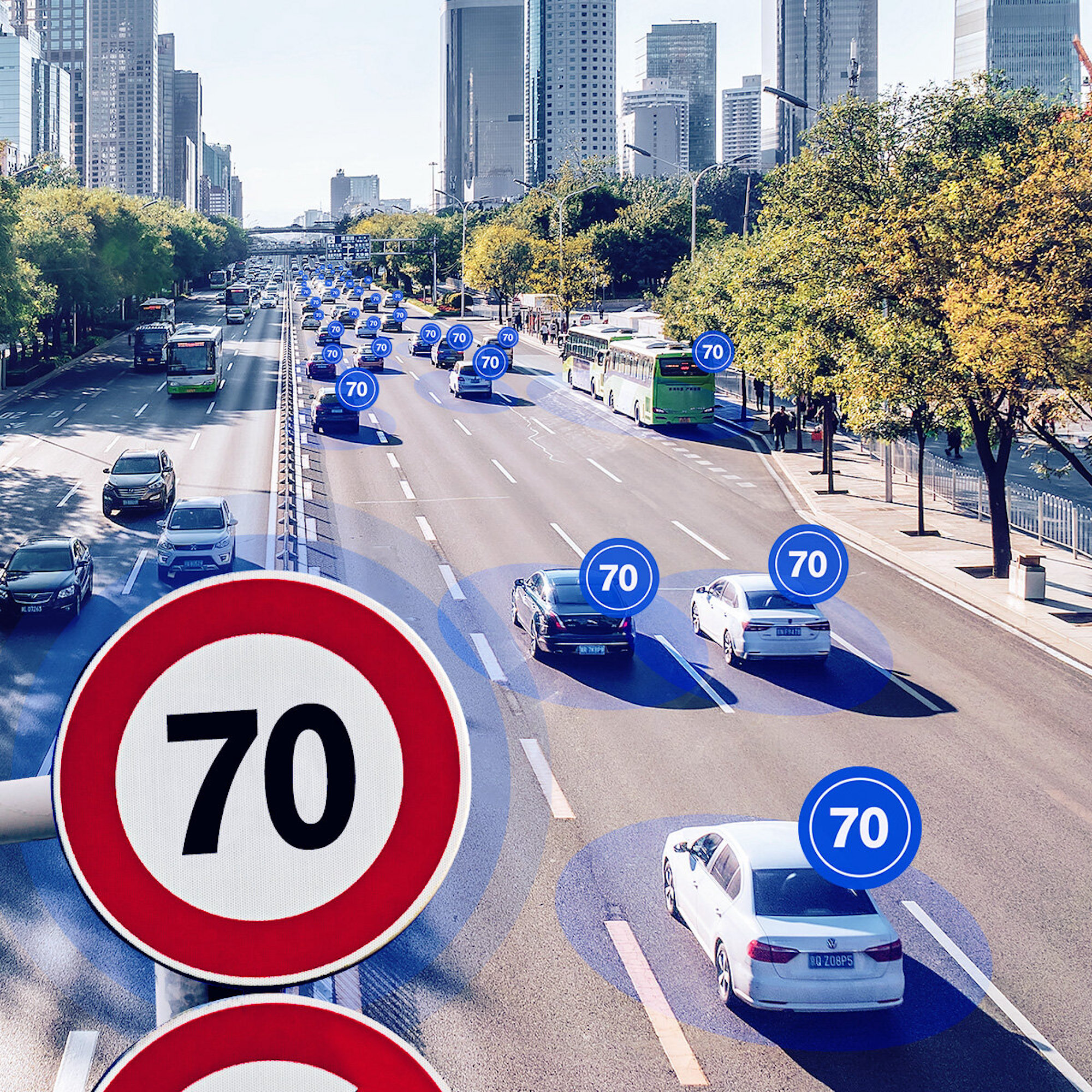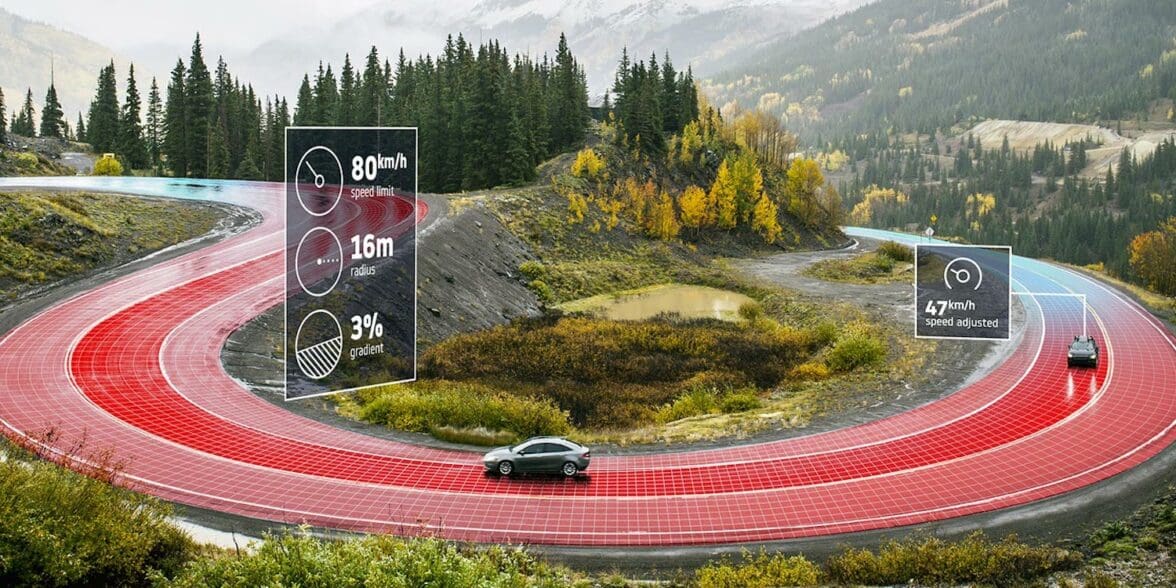With the current speeds at which technology for electric (and petrol-powered) machines are being updated, it was only a matter of time before the government stepped in to tweak the regulations of what’s out there – and now, we’re seeing a jump in the prevention of speed.
Illegal speed, that is.
According to a news article from the European Commission, any and all cars made new for the year 2024 (and afterward) must carry ISA (‘Intelligent Speed Assistance’) technology, with the rule going into effect from July of this year.
Being slang-labelled as ‘anti-speeding tech,’ we’re sure you can imagine where the EU is going with this…the interesting bit for us is how the tech actually works with the driver.

According to the EU Commission, there are four main ways the tech serves to remind the driver of speeding. Each manufacturer will choose their preferred way, as a means of individualizing their brand for the general masses:
Cascaded Acoustic Warning
- Optic warning and, if no response from the driver, a delayed acoustic warning
Cascaded Vibrating Warning
- Optic warning and, if no response from the driver, a delayed vibrating warning
Haptic Feedback (via acceleration pedal)
- ISA tech will push the gas pedal gently back ‘to make the driver aware and help to slow down’ (the driver can ignore this feedback and override the system by pushing slightly harder on the acceleration pedal).
Speed Control Function
- Car speed is automatically – and gently – reduced (the driver can ignore this feedback and override the system by pushing slightly harder on the acceleration pedal).

“The roll out of ISA is a huge step forward for road safety and has the potential to dramatically reduce road traffic injuries and fatalities,” enthuses the release.
“Car manufacturers now have the opportunity to maximise the potential ISA presents for creating safer roads for all.”
Of course, the big question remains: How will the addition of new tech like this affect other, smaller members of the road?



The article does add that any haptic, acoustic or vibrational interference with the driver, ‘have to be as short as possible in duration to avoid potential annoyance’ – a welcome bit of care that will likely pair well with day-to-day commutes, though the reality is left to be seen until ISA is fully implemented (and regularly used) on today’s roads.



For other stories related to this, be sure to subscribe to our newsletter where our team curates the best of the latest for your perusal.
What do you think of mandatory ISA tech for cars in Europe? Drop a comment below letting us know what you think, and as ever – stay safe on the twisties.



